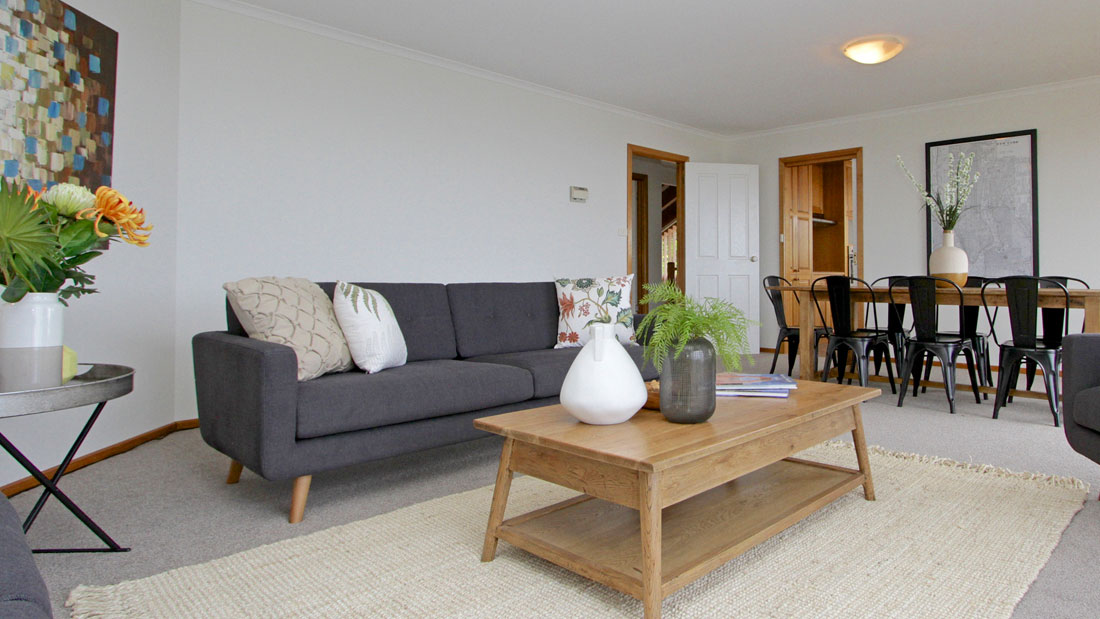
03 Oct Empty rooms don’t sell a house
Have you ever stepped into an empty house for sale and wondered where will your furniture fit or does this room look small? You wouldn’t be alone. Most people I talk to cannot accurately see the way an empty house could be used, as there are not the visual cues to give dimension or a sense of space. In fact, there have been many times we have walked into properties thinking the same thing ourselves.
There are many reasons why someone would be selling an empty house; a newly built display home, a recently moved out tenant or the owners found a new home and have moved on already. Whatever the reason, these owners would be experiencing ever-increasing costs due to the empty property including things such as insurance, the monthly mortgage and maintenance on the property. The house has to be sold as soon as possible to stop these ongoing costs. Unfortunately, empty homes don’t sell as fast as furnished ones…. but why not?
1) An empty property has no emotional connection with the buyers. How can a buyer fall in love with bare, cold walls when all they can see are the faults? An empty house doesn’t conjure up any imagination or feelings to turn the house into a home. As I mentioned in a previous article, only 10% of buyers are able to visualise a house’s potential. The rest will walk away and ask questions such as “will this dining room be big enough for our dining table”?
2) There is no point of reference in an empty home. Empty rooms actually look smaller than furnished ones (even we have to measure up sometimes after all these years to make sure our chosen items will fit). Carefully selected furniture gives buyers a measurement of scale to compare their items to – “my dining table is bigger than this one but I can see it will fit”. It also gives an idea of layout for the home taking into consideration any views, walkways, lifestyle factors such as TV viewing and entertaining.
3) Buyers tend to focus on the negatives in an empty home, as there isn’t much else to look at. They will see faults in light switches, cornice work, paintwork, door handles, broken tiles and so on. These small things leave big negative impressions on buyers and they calculate the cost to fix these things, and usually double or triple the cost. Buyers don’t get excited about the negative aspects of a home unless they are looking for a bargain…this will be reflected in their offer. You don’t want your home to be considered a “fixeruperer”!
4) Empty homes are cold and lifeless and this can also be seen from the street. Empty homes lack curb appeal. The lights are not on, there is no welcoming doormat and the curtains are usually pulled shut. What is meant to make a home homely and comfy is just not there so again, no emotional connection can be made.
5) Testing the vacant home for sale first is akin to testing the market at an extra high price …someone might be interested. Both of these strategies have a very high probability of a negative outcome! You only have one chance to make a positive first impression. Most of those initial interested buyers can’t be bothered coming back again because they have seen the property, judged it and moved on, as they did not make the connection.
6) There is only so much marketing can do if there are only empty rooms to present. Marketing factors for a property include a realistic price, the location and the presentation. For the later, even professional photos or video cannot wow a buyer with shots of corners of rooms and bare walls. Location cannot change so that leaves the price as the only marketing strategy to influence a buyer’s decision. We all know any price adjustments seem to trend down not up if there is no emotion involved.
7) Consider property styling an investment rather than a cost. Statistics show that property styling has a 4 fold positive effect by drawing more traffic to the property, enhancing the buyers’ visualisation of the property’s potential, the property is likely to sell at a higher price than an empty home and it will sell faster. So an attitude shift needs to take place when statistics also show that the cost of professional styling is 1-3% of the asking price but results in a 5 – 10% higher sales price.
8) People take their first look online – what stands out? Most people commence their property buying experience online these days. In minutes they have found a few interesting listings from a series of photos and attractive descriptions. But what if your home is vacant? Your empty listing looks nearly the same as everyone else’s empty living room, kitchen and bedroom unless it has a particular feature but even this might not be explained in the empty photo…. what is it used for? If you cannot entice someone to click on you listing they will skip to something else that drew their attention.
9) Less traffic. Not only online but also at open homes. Vacant properties can attract people with less home buying intention and more “home stealing” intentions. Some people are on the look out for empty homes as their next stake out and look for easy access points to be easily opened in order to regain entry later. But what could they take in an empty home…surprisingly power point covers, new kitchen appliances such as dishwashers and cooktops and sometimes even doors and garden plants.
10) There is a perception of desperation. Why is this home empty? They must need to sell, as this would be costing them a small fortune to hold onto. Ok let’s offer a lower price….
So there are many factors involved in determining what is a fair market price for a property and the above point out what can decrease this price in an instant. A styled home won’t leave buyers doubtful about the use of a space, it will allow them to visualise the rooms with their own furniture and lifestyle and ultimately increase your selling price and decrease your time on the market.

